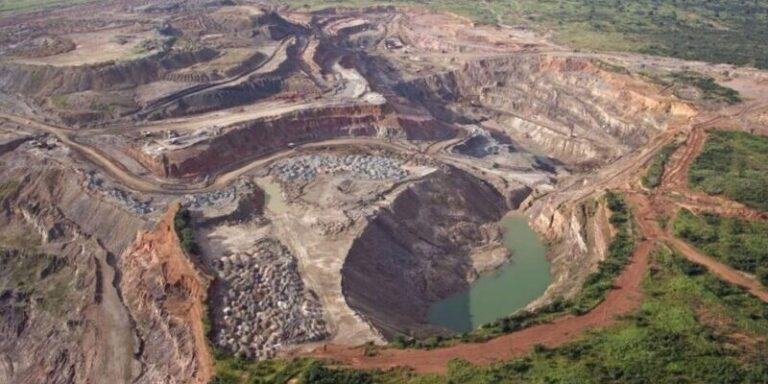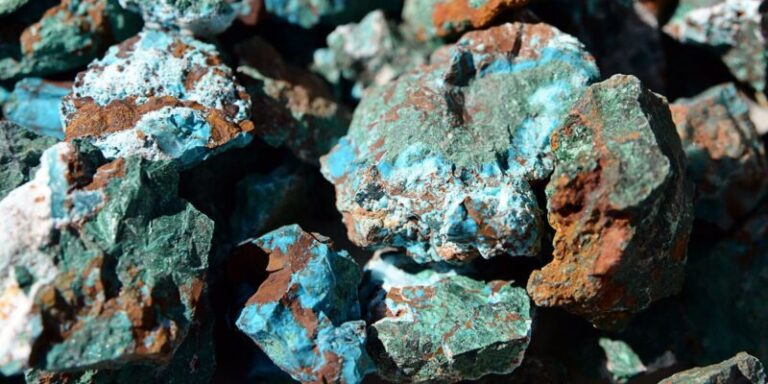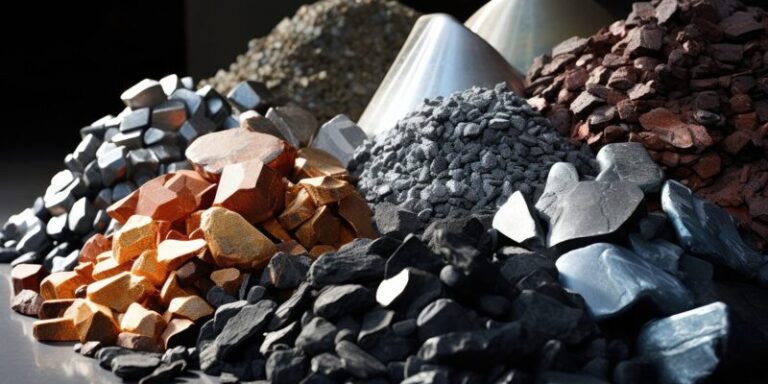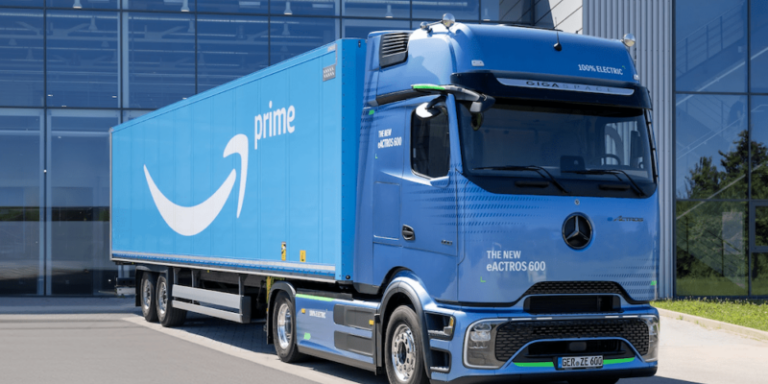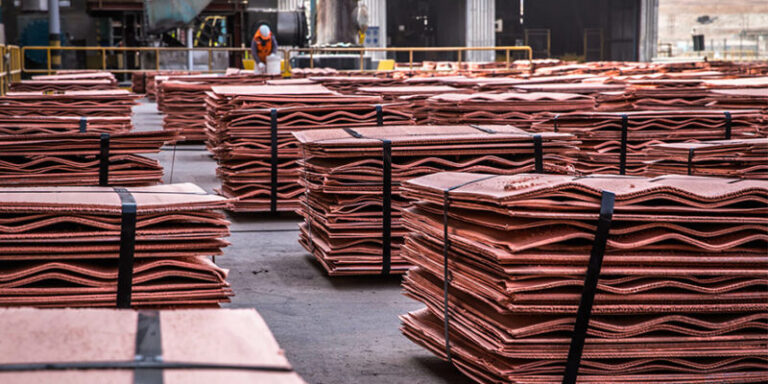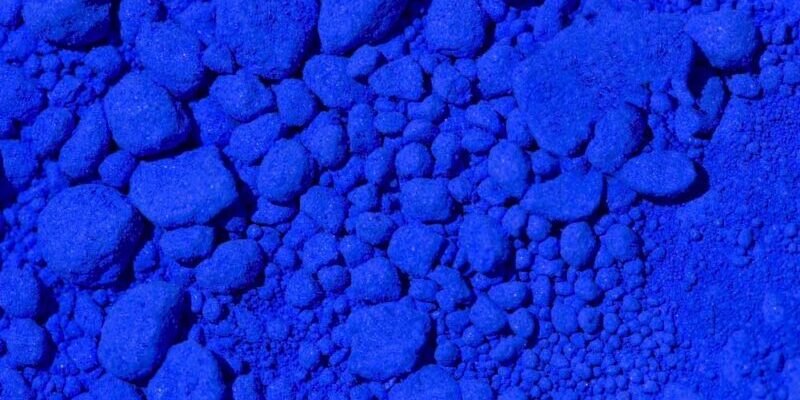
Cobalt production is hot and getting hotter. Here are the 10 top cobalt-producing countries of 2022, based on US Geological Survey numbers.
The cobalt market is facing high demand, but analysts advise that production is also on the rise.
One of the metal’s main catalysts is excitement about electric vehicles (EVs). The lithium-ion batteries that power EVs require lithium, graphite and cobalt, among other raw materials, and demand for these important commodities is expected to keep rising as the shift toward clean technologies continues at a global scale.
Given those circumstances, it’s interesting to look at the top cobalt producers by country. According to the US Geological Survey, world production has increased significantly over the past two years.
In 2022, cobalt production reached 190,000 metric tons (MT), a big jump from 2021’s 165,000 MT and an even bigger one from 2020’s 142,000 MT.
Read on for a closer look at cobalt supply and which countries lead in production.
Democratic Republic of Congo
Mine production: 130,000 MT
The Democratic Republic of Congo (DRC) is by far the world’s largest producer of cobalt, accounting for roughly 70 percent of global production.
The country has been the top producer of the metal for some time, and reported output of 130,000 MT in 2022.
As cobalt demand rises, increasing attention is being directed at the DRC. However, cobalt mining in the country has been linked to human rights abuses, including child labor.
In response, the London Metal Exchange has taken steps to ensure all producers associated with the exchange follow responsibility sourcing guidelines.
For its part, the DRC passed a revised mining law in 2018 that increased taxes on metals like cobalt and copper.
In 2020, the country set a new state company, to buy and market all artisanal cobalt mined in the DRC with the aim of controlling the entire supply chain and boosting government revenue by having more influence on cobalt prices.
The DRC is likely to remain crucial to the cobalt market for the foreseeable future. Glencore has interests in two mines in the African country, Katanga and Mutanda — key producers of cobalt.
Additionally, in November 2022, Trafigura closed a US$600 million financing that it said “would enable it to complete Congo miner Chemaf’s new mechanised mine at Mutoshi, processing plant in Kolwezi, and the expansion of its Etoile mine and processing plant in Lubumbashi.”
The deal was contingent on enhanced ESG compliance and responsible sourcing awareness and implementation. The Mutoshi copper-cobalt mine is expected to begin operating in Q4 2023, and will be the world’s third largest cobalt mine.
2. Russia
Mine production: 8,900 MT
After falling in 2021, Russia’s cobalt production increased in 2022, rising from 8,000 MT to 8,900 MT. While the country’s cobalt reserves stand at 250,000 MT, Russia is still well behind the DRC in terms of production.
Large Russian miner Norilsk Nickel produces cobalt and is among the world’s top five producers of the mineral.
With concerns about DRC cobalt running high, some automakers have been calling for increased EV battery production in Europe.
There was hope that this push could boost Russia’s future cobalt production — however, that may now be out of the question while the country wages war against Ukraine.
As of February 2023, EU sanctions on the country had yet to affect cobalt. However, an April 2022 round of sanctions from the US hit Russian cobalt with 45 percent duty that will expire on January 1, 2024.
3. Australia
Mine production: 5,900 MT
Australia saw a large increase in cobalt production in 2022, with output rising by 605 MT from 2021’s 5,295 MT.
As is the case for many other countries on this list, cobalt produced in Australia is a by-product of copper and nickel mining.
The country’s nickel mines are located in the western part of the country, mostly around the Kalgoorlie and Leonora regions.
As the DRC becomes increasingly challenging for miners and as investors try to divert their interests away from Africa, Australia is another country that’s receiving more attention.
The island nation may be third in cobalt production, but its cobalt reserves are the second largest in the world at 1,500,000 MT.
4. Canada
Mine production: 3,900 MT
Canada was the fourth largest cobalt producer in the world in 2022, moving up from fifth place in 2021, although its production decreased in that time from 4,361 MT.
As with Australia’s cobalt, Canadian cobalt comes mostly from large nickel and copper mines that produce cobalt as a by-product. Some of these major nickel and copper deposits are Kidd Creek, Sudbury and Raglan.
In recent years, a number of junior miners have rushed to Cobalt, Ontario, to stake land. The site is located near the Quebec border and is known for producing large quantities of silver in the past.
It’s still early days for many of these companies, but if they are successful, it is possible that Canada’s cobalt production will rise.
5. Philippines
Mine production: 3,800 MT
The Philippines is the fifth largest cobalt producer in the world. The country’s cobalt production was up slightly in 2022, coming in at 3,800 MT. The Asian country is also a top nickel producer.
The fate of mining in the Philippines was up in the air for awhile as former President Rodrigo Duterte and former Environment Secretary Roy Cimatu called for a shutdown of all mines in the country based on environmental concerns.
However, Duterte seemed to have a change of heart in early 2021, lifting a ban on new mine permits in an effort to boost revenues.
His successor, President Bongbong Marcos, has ordered the country’s Department of Environment and Natural Resources to enforce stricter guidelines and safety protocols on both small- and large-scale mines.
He hopes to bring illegal mining operations into compliance so they can operate legally and with safer conditions for employees.
6. Cuba
Mine production: 3,800 MT
Cuban cobalt production fell slightly in 2022 to 3,800 MT, down from 4,000 MT in the year prior.
The country’s Moa region is home to a joint venture nickel-cobalt operation held by Canadian firm Sherritt International (TSX: S, OTC Pink:SHERF) and General Nickel Company of Cuba.
Moa uses an open-pit mining system to produce lateritic ore, which is processed into mixed sulfides containing nickel and cobalt using high-pressure acid leaching.
Cubaniquel, the country’s state-owned nickel miner, is the sole operator of the Che Guevara processing plant at Moa.
7. Papua New Guinea
Mine production: 3,000 MT
Papua New Guinea has made the list of top cobalt producers by country for the fifth year in a row. In 2022, the small country off the coast of Australia produced 3,000 MT of cobalt as a by-product of nickel production, staying nearly flat with the previous year’s output of 2,953 MT.
The country’s main cobalt producer is the Ramu nickel mine near Madang, a joint venture between private company MCC Ramu NiCo, Nickel 28 Capital (TSXV:NKL,OTC Pink:CONXF) and the Papua New Guinea government.
8. Madagascar
Mine production: 3,000 MT
Madagascar’s cobalt production was suspended in 2020 to prevent the spread of COVID-19, leading the country’s output for the year to fall to 850 MT from 3,400 MT in 2019.
However, Madagascar’s cobalt-mining industry was on the rebound in 2021, putting out 2,800 MT for the year, and it continued to go up in 2022.
Much of the country’s cobalt production comes from the Ambatovy nickel-cobalt mine, owned by Japanese company Sumitomo (OTC Pink:SSUMF,TSE:8053) and the Korean government.
The fourth largest island in the world, Madagascar is also a major producer of graphite, another important battery metal.
9. Morocco
Mine production: 2,300 MT
Morocco’s cobalt production remained stable from 2021 to 2022, coming in at 2,300 MT. The majority of this production comes from Managem Group’s Bou Azzer cobalt mine, which produces the metal as a mono-product.
Cobalt from Moroccan mines got a lot of attention in 2019 after major carmaker BMW (OTC Pink:BYMOF, ETR:BMW) announced it would be buying cobalt directly from mines in Australia and Morocco to ensure its supply of battery raw materials is sourced responsibly.
In mid-2022, Managem signed a deal with Renault (PAR:RNO) to supply the car manufacturer with 5,000 MT of cobalt sulfate annually for seven years starting in 2025.
10. China
Mine production: 2,200 MT
China’s cobalt output in 2022 remained flat compared to 2021. However, the country leads the world in refined cobalt production at 70 percent of total global supply; the material it uses comes mostly from the DRC.
The Asian nation is also the top consumer of cobalt, with the vast majority going to the country’s rechargeable battery industry.


